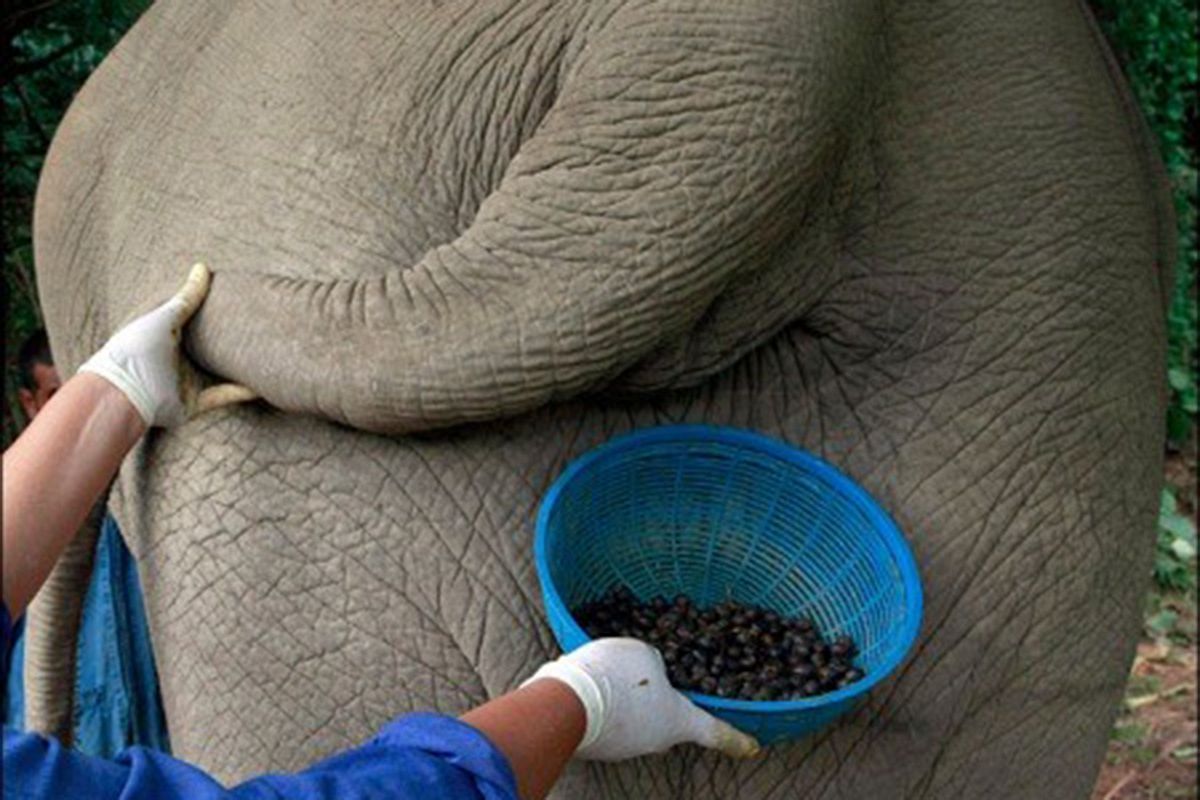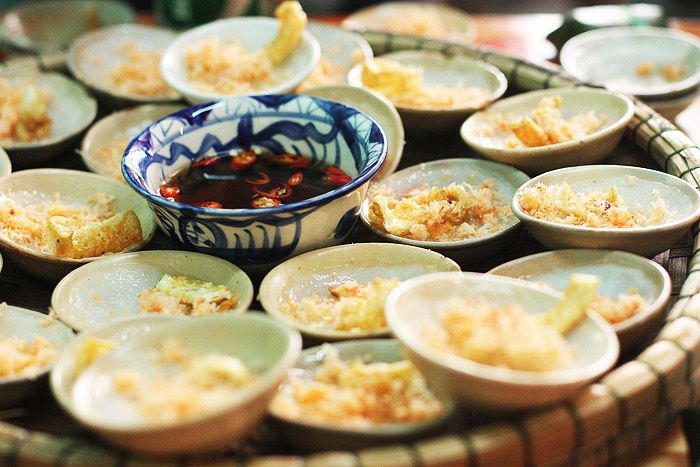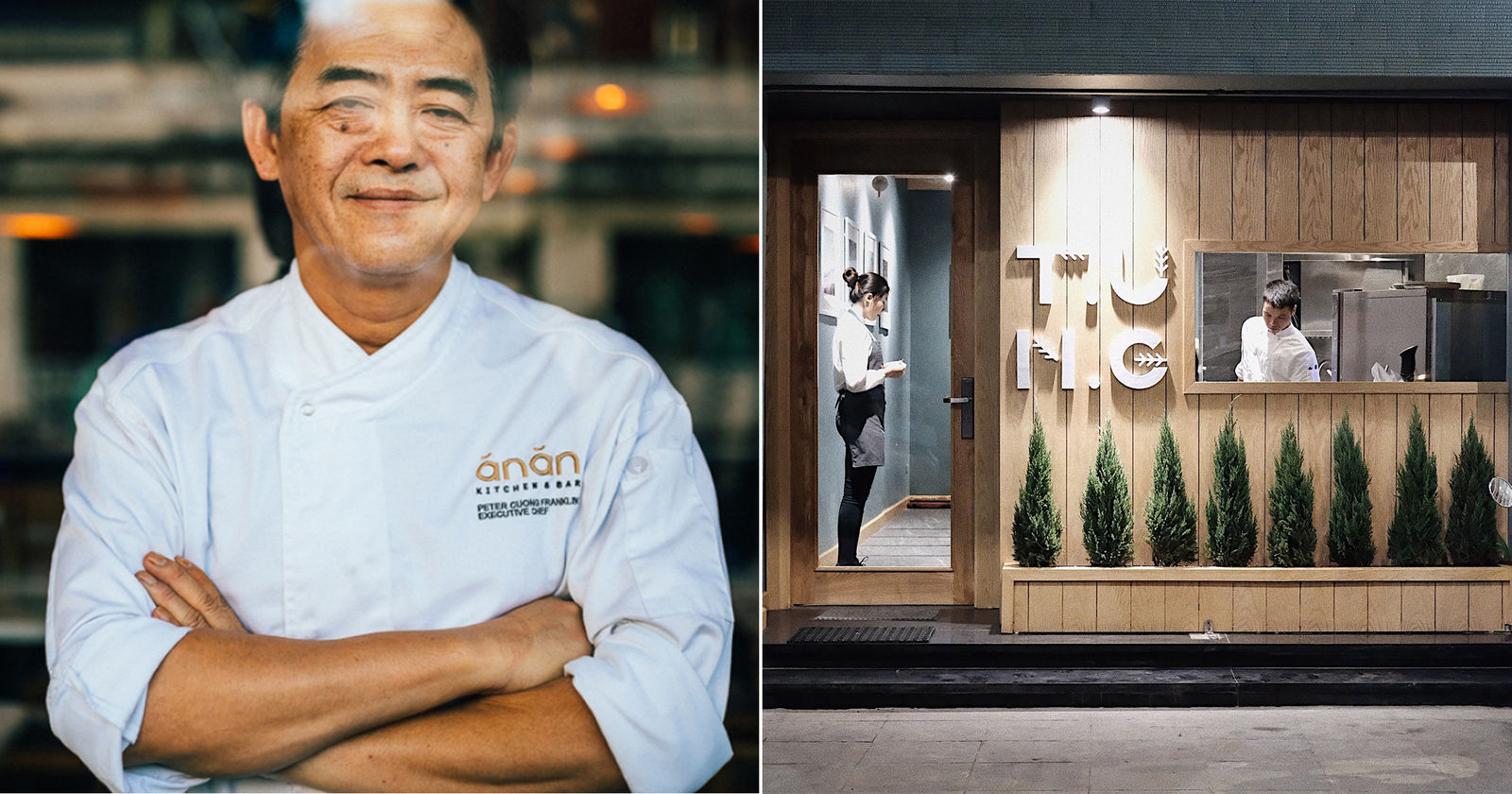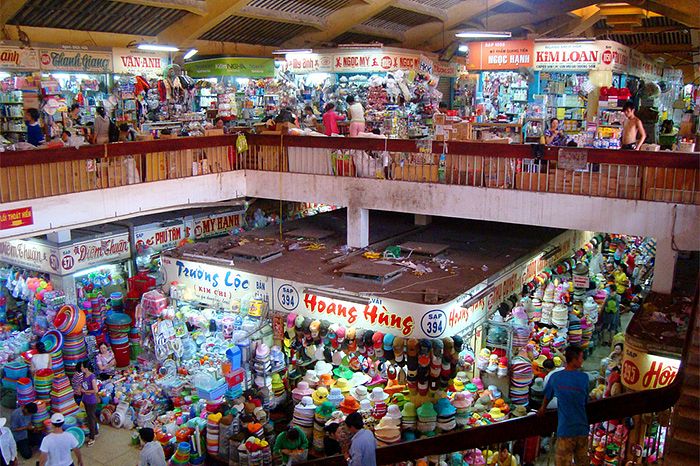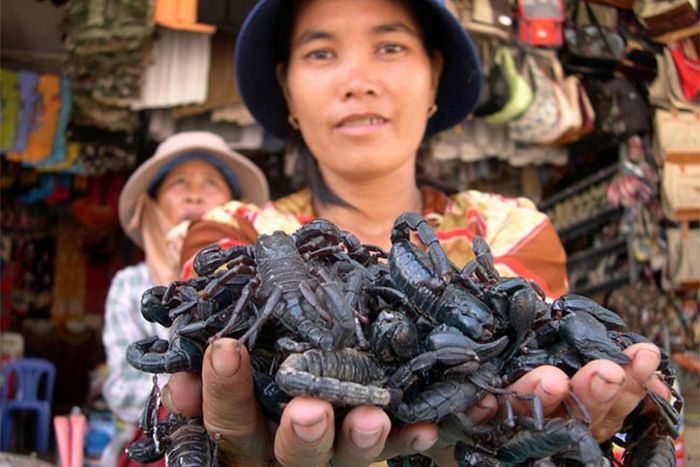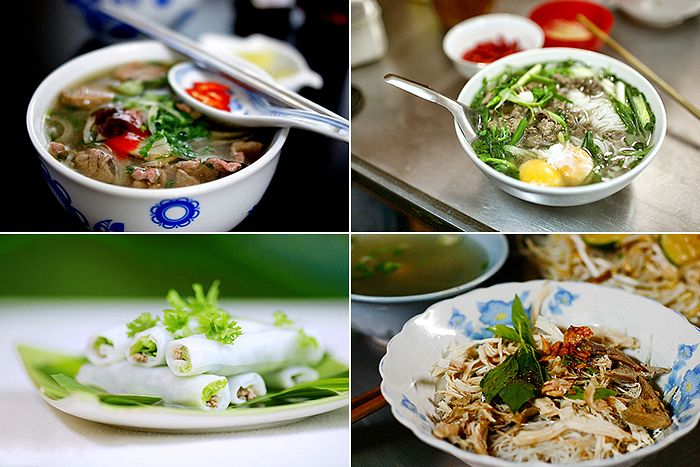Nuoc mam, or fish sauce, is a staple condiment in Asia where it has been used for hundreds of years. Its flavor-enhancing characteristics make it akin to ketchup in its ability to instantly elevate a dish. But what if I told you ketchup is the great-grandson of fish sauce? That’s right - America’s favorite condiment came right out of Asia’s cook book. Don’t believe me? Check out this article from Slate.
The word ketchup is derived from Hokkien, the language of Fuji and Taiwan (where it written as ke-tchup) which literally translates to “preserved-fish sauce”. More than 500 years ago, when Fujians were renowned sea traders, they traveled down the Mekong and were introduced to nuoc mam by Khmer and Vietnamese fisherman. From there, the Fijians took the sauce to Indonesia, Malaysia and the Philippines.
In the 17th century, the European empires descended upon Asia and developed a taste for the sauce and it became a valuable commodity. In his 1703 book, Account of The Trade in India, British merchant, Charles Lockyer, props up the economic potential of Asia (read: look how much valuable shit we can steal!). In one section, he gives advice on buying ketchup and soy sauce in China and Tonkin (northern Vietnam):
Soy comes in Tubs from Jappan, and the best Ketchup from Tonqueen; yet good of both sorts, are made and sold very cheap in China. … I know not a more profitable Commodity
Due to its high demand and cost, back in Europe, people attemted to whip up their own ketchup from local ingredients. Here’s a recipe from a 1742 British cookbook:
To Make KATCH-UP that will keep good Twenty Years.
Take a Gallon of strong stale Beer, one Pound of Anchovies wash'd and clean'd from the Guts, half an Ounce of Mace, half an Ounce of Cloves, a quarter of an Ounce of Pepper, three large Races of Ginger, one Pound of Eschallots, and one Quart of flap Mushrooms well rubb'd and pick'd; boil all these over a slow Fire till it is half wasted, and strain it thro' a Flannel Bag; let it stand till it is quite cold, then bottle and stop it very close …
Yummy.
To find out how ketchup went from a strong, fish-based sauce to the sweet, tomato-y, use-half-a-bottle-when-I-go-to-the-dinner condiment that we all know and love, head over to Slate.com for the full article.


